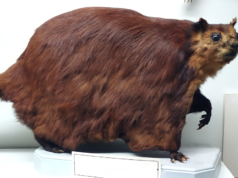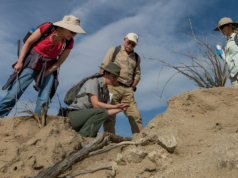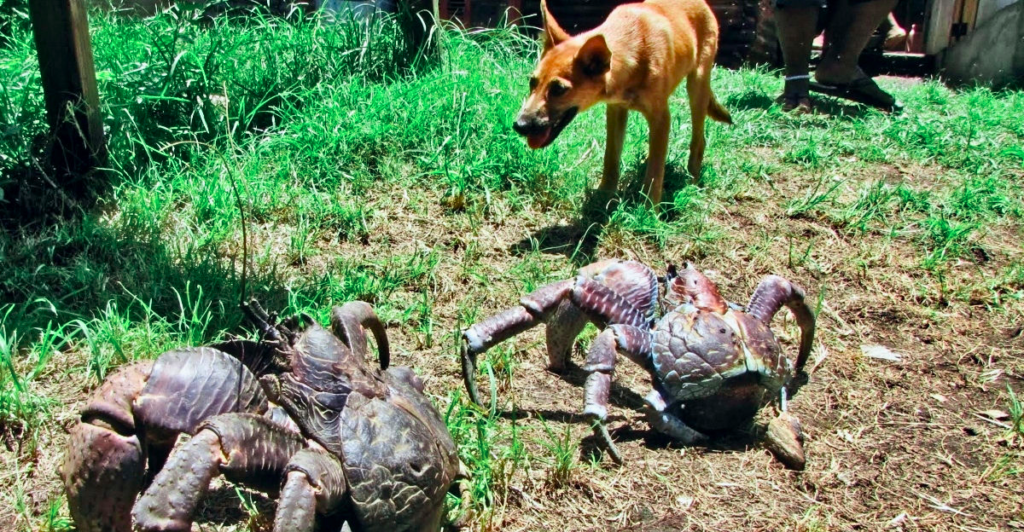
Coconut crabs are the largest arthropods that live on land. Adults can weigh around nine pounds and be over 3 feet long. The incredible animals call the tropical islands that dot the Indian and Pacific Oceans home. Let’s dive into some cool facts about the monsters that can be larger than some domestic dogs.
Unique Adaptations
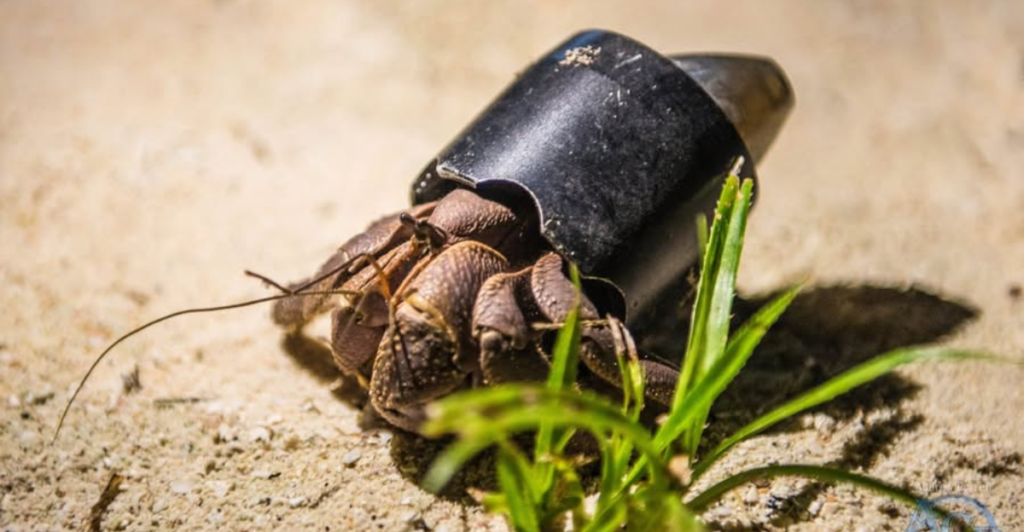
The coconut crab has developed some fascinating adaptations through evolution, including the need for an external source of protection in juveniles. Unlike many other arthropods, the coconut crab doesn’t have its own exoskeleton – or shell. Juveniles seek out empty shells as a source of protection. They abandon these shells once they become adults and have developed their own tough adbomen.
Habitat and Distribution
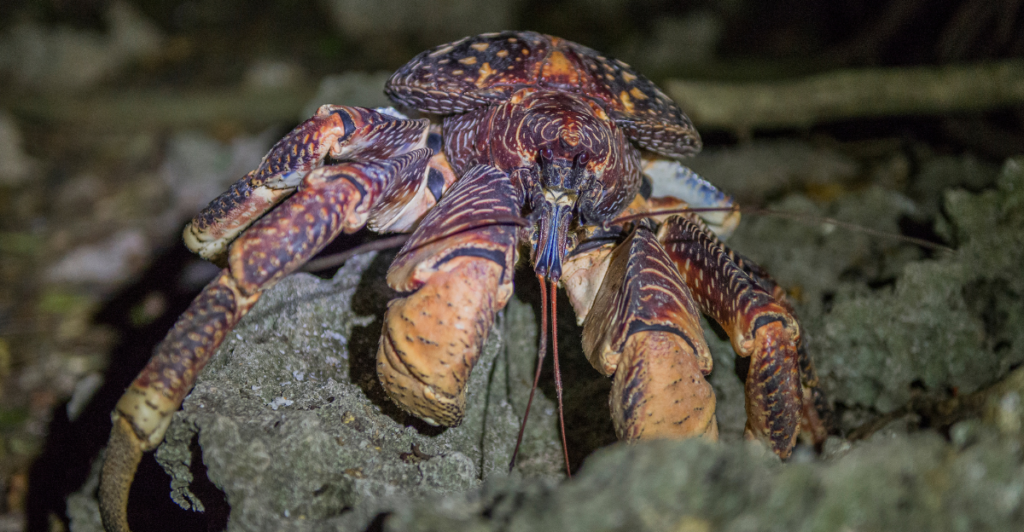
Coconut crabs like to live well in coastal forests and will burrow into the sand of islands like Zanzibar. Coconut crabs thrive in warm climates and can be found nearly ten miles inland. This is a unique trait, as most other crabs will live right on the coast.
Diet and Feeding Habits
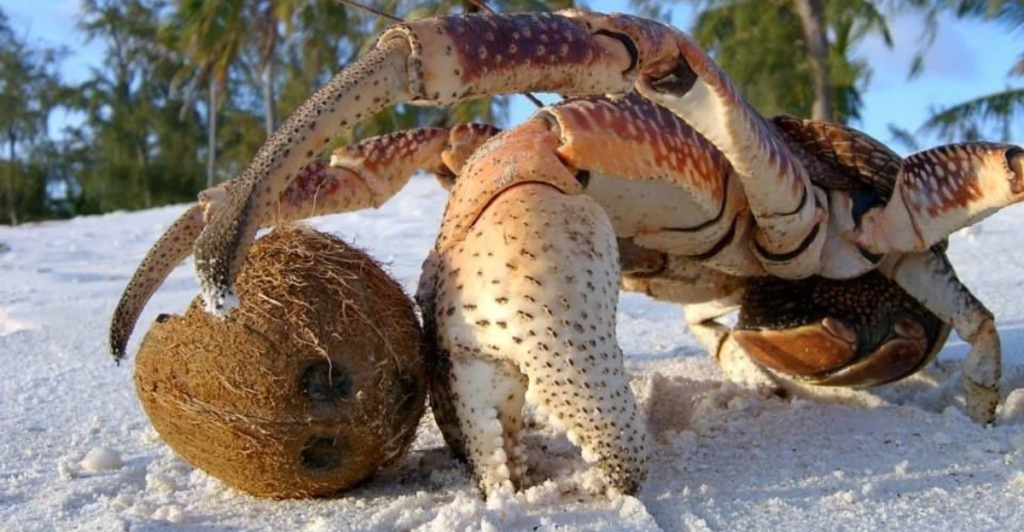
Coconut crabs are omnivores, which means they eat both meat and plant-based meals. They are scavengers that will eat almost anything they can find, but their diet consists mostly of fruit, nuts, and any carrion they stumble across. Their claws are also as powerful as a lion’s bite.
Life Cycle
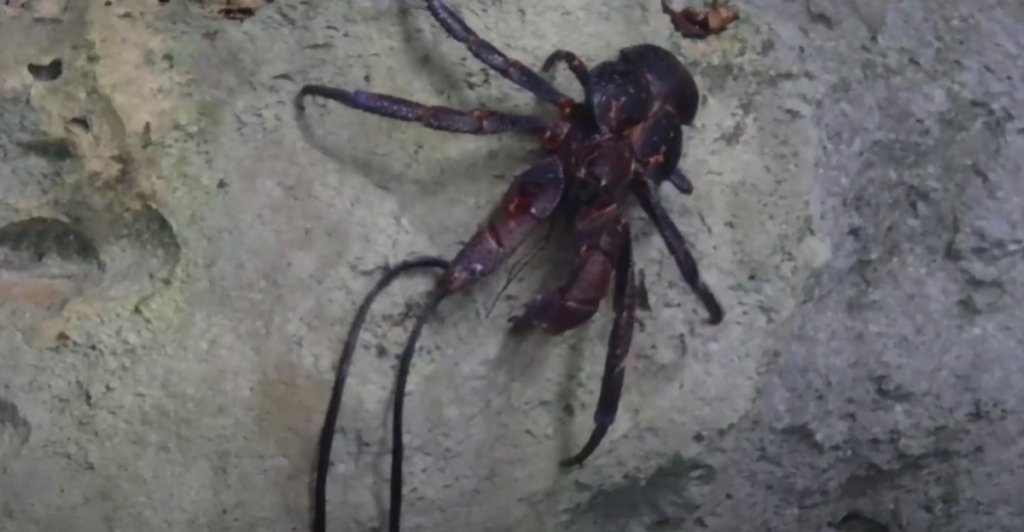
Despite not being able to live in the ocean, coconut crabs start their life after hatching from eggs laid in the sea. The larvae develop in the water until they are ready to crawl onto the coast as juvenile crabs. They tend to spend the rest of their lives on land.
Longevity
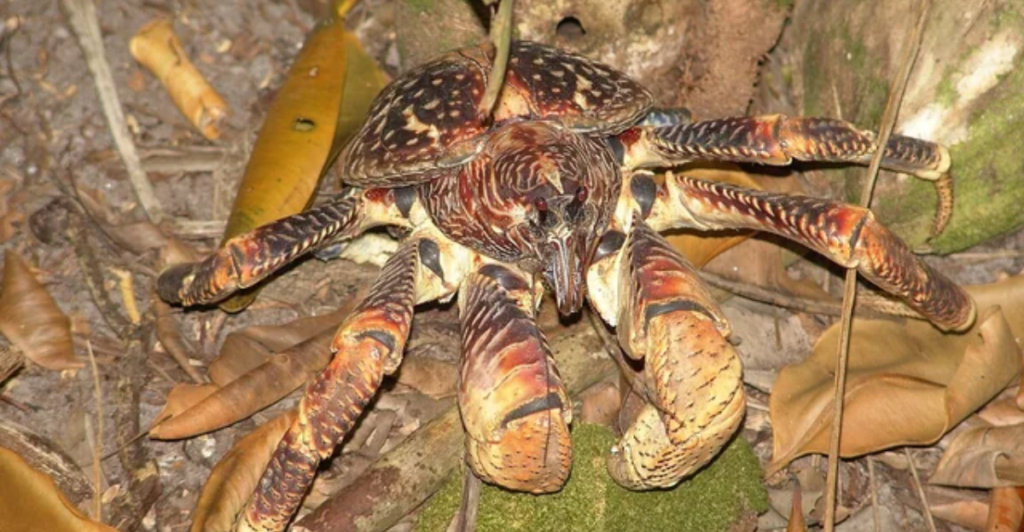
Coconut Crabs are quite longlived animals, as many arthropods are. Some were found in the wild and were over sixty years old! In exceedingly rare cases, coconut crabs have been found to live over one hundred years old.
Nocturnal Behavior
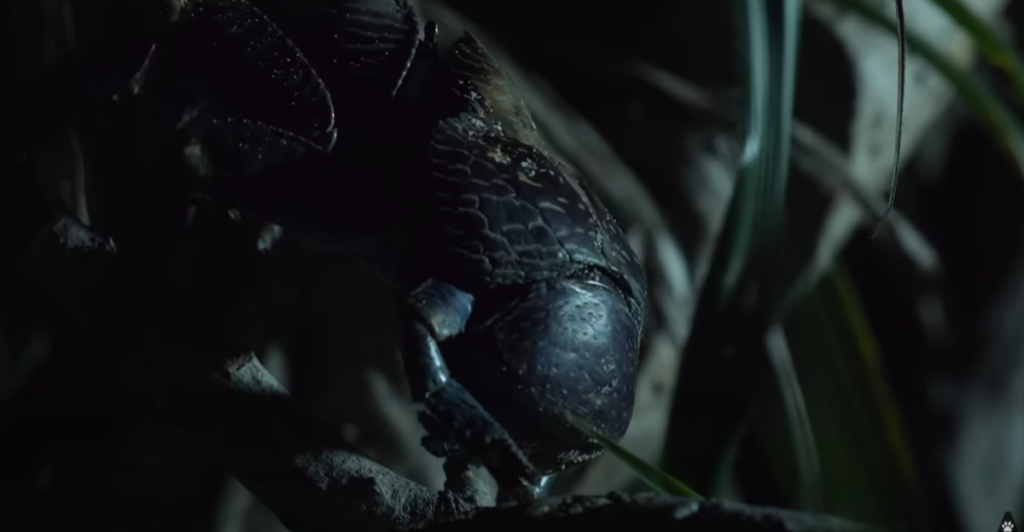
Coconut crabs are active animals at night. They do the majority of their scavenging as nocturnal animals, and during the day, they hide away from predators. They also conserve their moisture during the day, which is a crucial part of their survival.
Sensory Abilities
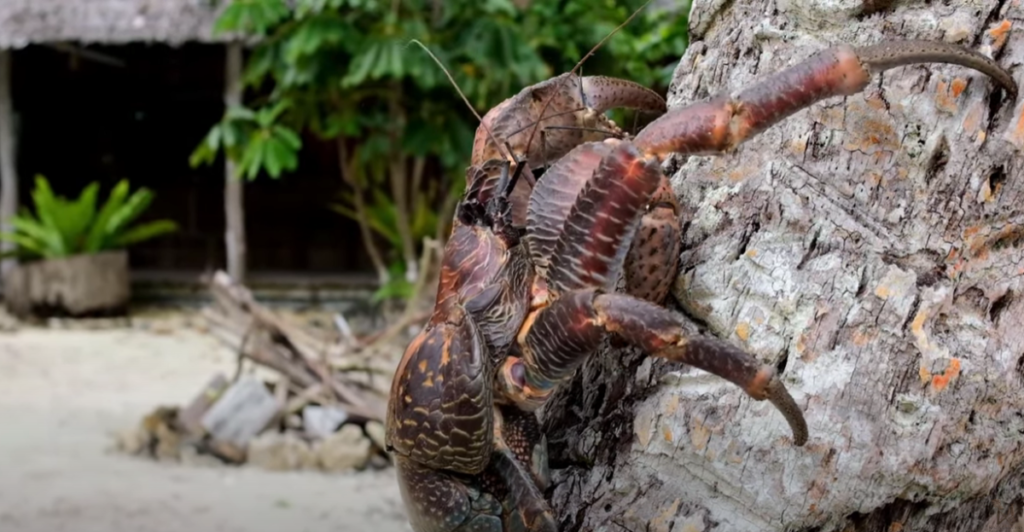
Coconut Crabs have an amazing sense of smell, which means they can track food from extreme distances. This means that they can use their energy efficiently to move to fallen fruits or carrion that are left in their habitat.
Ecological Role
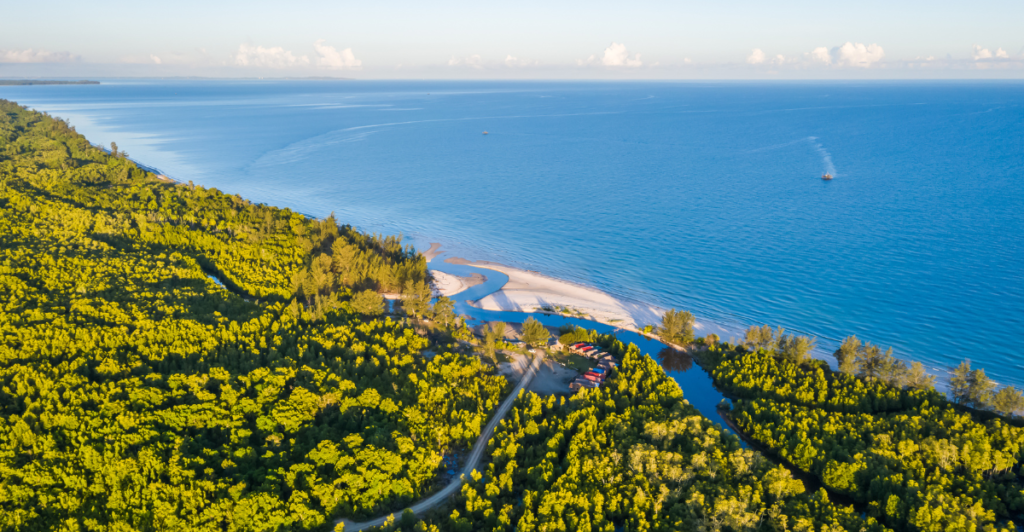
Being scavengers, Coconut crabs are an important part of their ecosystem. They eat the carrion of animals and dead plant matter to clean up their habitat. They are also great seed dispersers since a lot of their diet includes fruit.
Predators and Threats
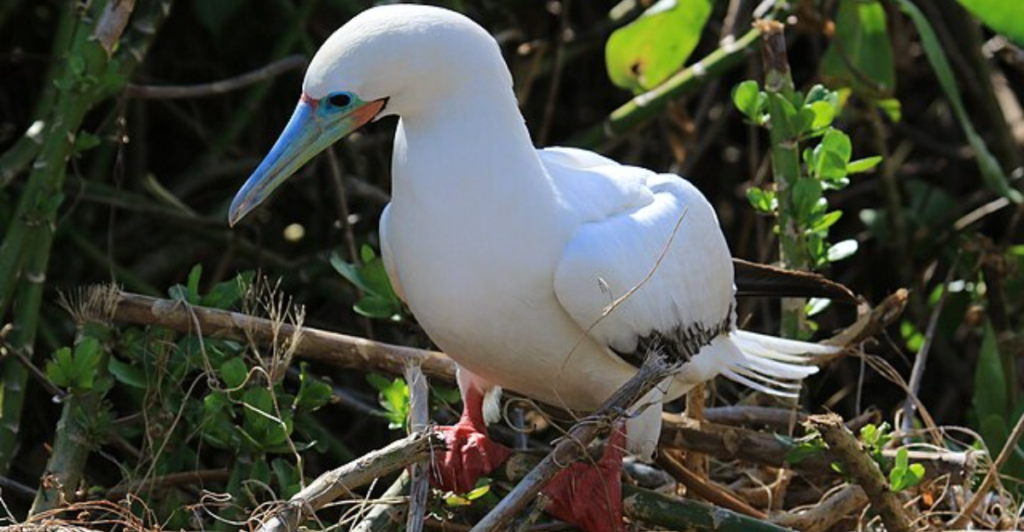
With their size being so big, adult coconut crabs have few natural predators in the wild. The biggest threat they face are humans while Juveniles are threatened by birds and rats while they are still small in stature.
Conservation Status
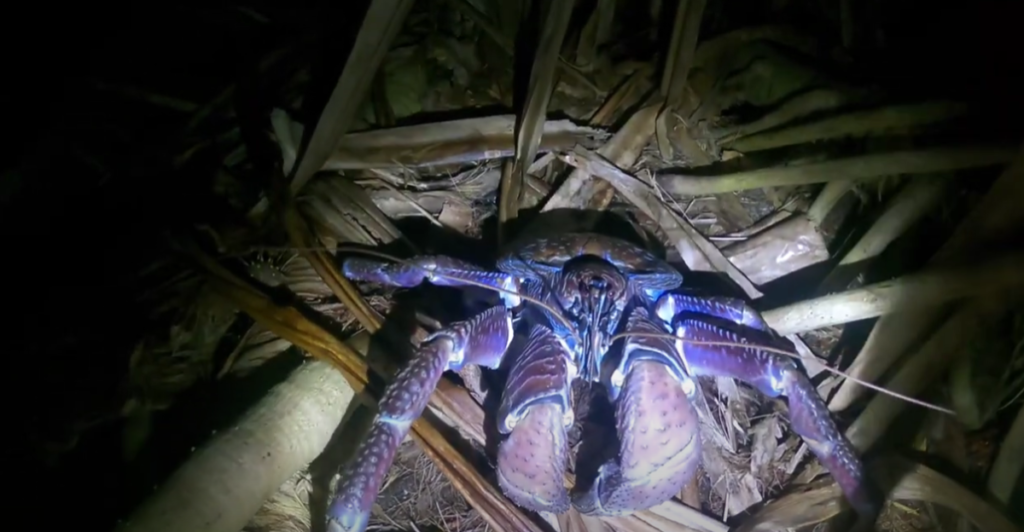
The coconut crab population is marked as vulnerable because of a number of factors. Overhunting and habitat loss are the biggest threats that they face. Thankfully, conservation efforts have been made to protect some of the populations in the wild.
Cultural Significance
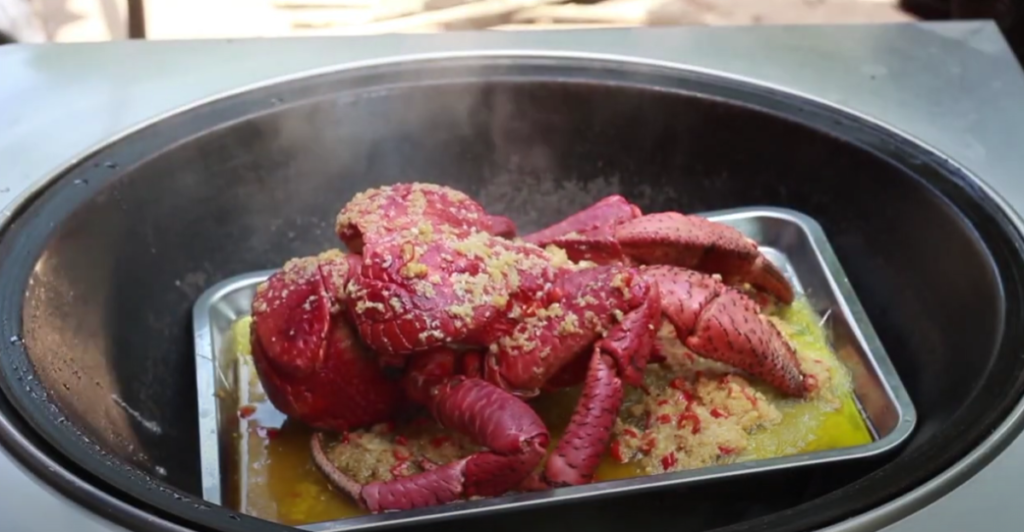
Coconut crabs hold cultural significance in many island communities and are often featured in local cuisine. Their meat is considered a delicacy, which has led to increased hunting pressure on their populations.
Land Dwelling Animals
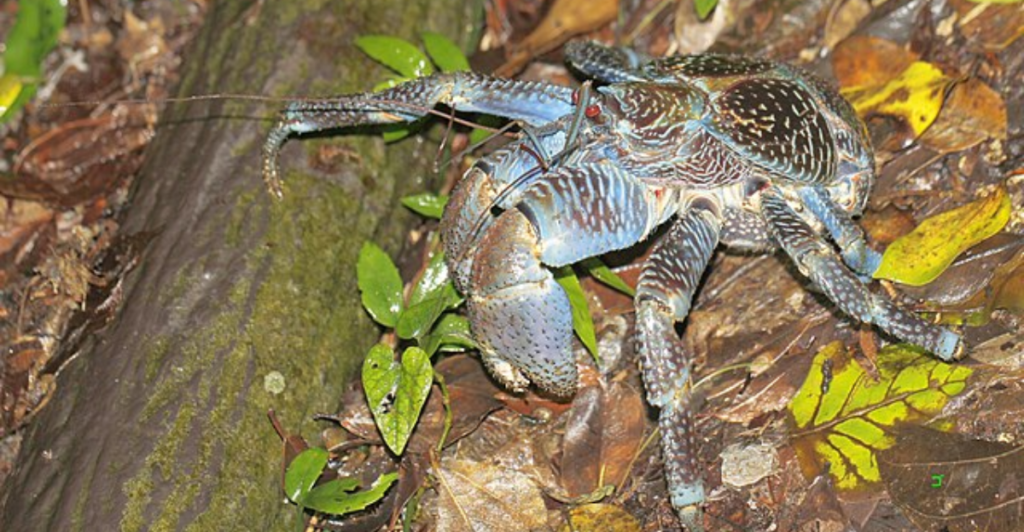
Adult coconut crabs possess branchiostegal lungs instead of functional gills, which means they rely on air for respiration. If they are submerged in water for too long, they can drown, making their survival dependent on remaining on land.
Discover more of our trending stories and follow us to keep them appearing in your feed

Meet the Massive Crocodiles That Make Their Homes 40 Feet Underground
These 12 States Keep America’s Grizzlies Roaring Back to Life
The War on Cows Is Over—And Green Extremists Have Lost
There Will Be Eruptions”: Concerns Mount as Yellowstone Supervolcano Activity Shifts
References:
Reference 1
This article first appeared here
Stay connected with us for more stories like this! Follow us to get the latest updates or hit the Follow button at the top of this article, and let us know what you think by leaving your feedback below. We’d love to hear from you!


